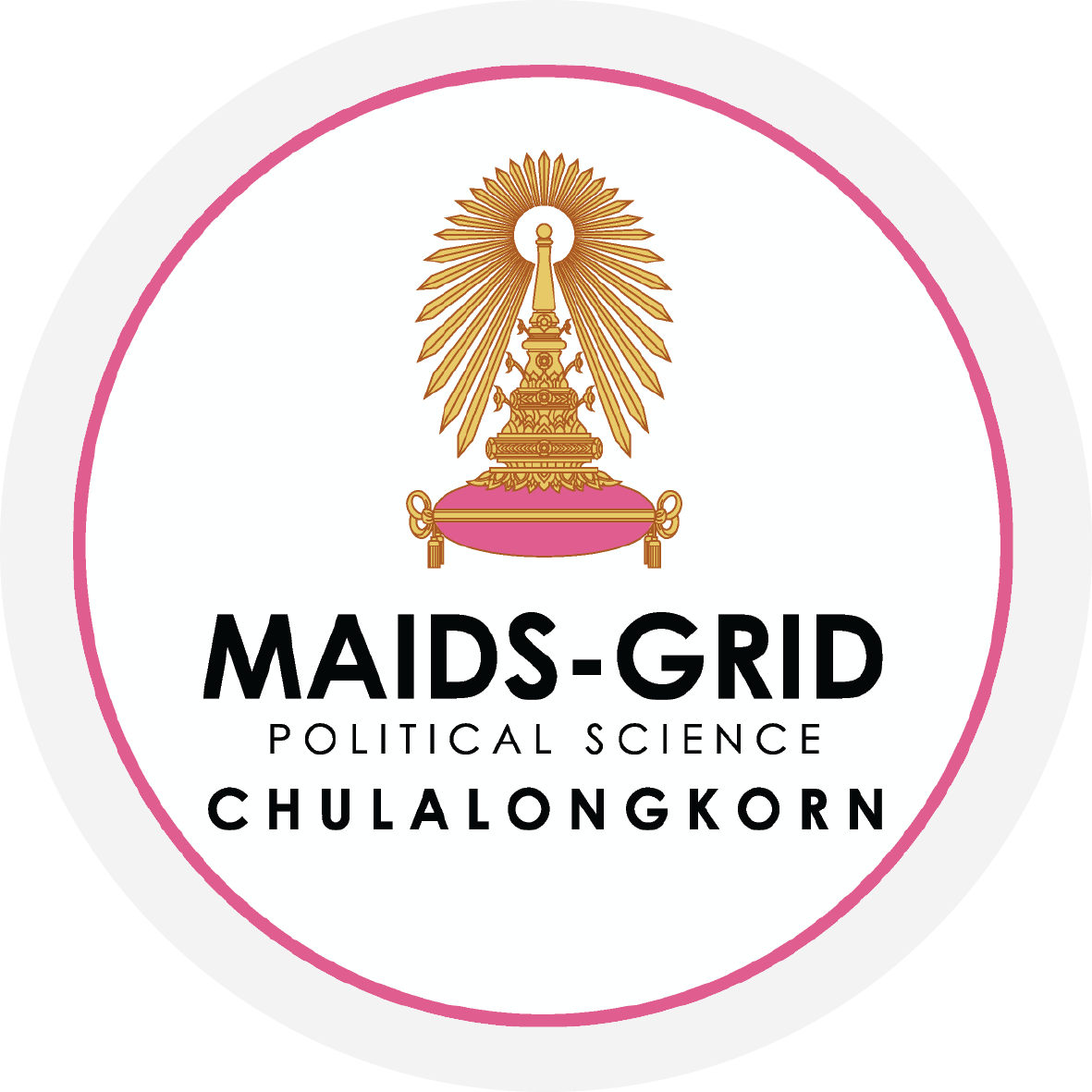EVENT: "Field Trip to Map Ta Phut, Rayong" [3-4 November 2017]
Theme of the Study
"Development Cooperation between Public and Private Organizations on Industrialization and Local Adaptation to Its Current and Future Impacts"
assistant professor dr. carl middleton presented a gift to assistant director, map ta phut industrial estate and head of emcc
visited environmental monitoring and control system in map ta phut industrial estate
visited closed-circuit television security network system office, map ta phut industrial estate
Visited to Map ta phut industrial estate office, the industrial estate authority of thailand
Objectives of the Study
- To understand opportunities and challenges of economic development and industrialization under the Eastern Sea Board policy of the Royal Thai Government
- To understand the cooperation between public and private organizations in response to local livelihood in prior to the impacts of development
- To practice field research study in preparation for thesis writing
visited tapong community next to irpc company
enjoyed the loy krathong festival
Introducing Map Ta Phut
Map Ta Phut is a town in Rayong Province, Thailand. It is the site of Thailand's largest industrial park, the Map Ta Phut Industrial Estate. Provincial offices are in Map Ta Phut. According to the World Resources Institute, Map Ta Phut is "...one of Thailand's most toxic hot spots with a history of air and water pollution, industrial accidents, illegal hazardous waste dumping, and pollution-related health impacts including cancer and birth deformities.
a dinner discussion
The Map Ta Phut Industrial Estate is a large industrial park in the town of Map Ta Phut in Rayong Province, Thailand. Part of Thailand's eastern seaboard economic region, it is the country's largest industrial estate and the world's eighth-largest petrochemical industrial hub. It was opened in 1990 and is managed by the Industrial Estate Authority of Thailand, a state enterprise under the Ministry of Industry.
Map Ta Phut houses five industrial estates, one deep-sea port, and 151 factories, including petrochemical plants, oil refineries, coal-fired power stations, and iron and steel facilities. The zone occupies 166 km2. The area contains around 30 agricultural and residential communities with more than 49,000 residents.
According to the World Resources Institute, "Map Ta Phut is one of the Thailand's most toxic hot spots with a...history of air and water pollution, industrial accidents, illegal hazardous waste dumping, and pollution-related health impacts including cancer and birth deformities."[1]:20
In 2007, 11 communities in the Map Ta Phut zone filed a lawsuit against the National Environmental Board (NEB), alleging that the board had improperly failed to designate Map Ta Phut and its vicinity a pollution control zone. Another lawsuit was filed against the NEB and eight other Thai ministries by community organizations. Managed by the Eastern People's Network, the lawsuit focused on the failure to follow prescribed procedures, including conducting environmental and health impact assessments, before issuing licenses to 76 new industrial projects. In 2009, the Supreme Administrative Court of Thailand suspended the development of 65 projects at the estate, worth an estimated US$8 billion, due to inadequate health impact assessments. It allowed 11 projects to proceed.[2] Ultimately, 74 of the 76 contested projects were allowed to continue.[1]:21
- On 6 March 2000 a phosgene gas leak at the Thai Polycarbonates plastic factory killed two workers and injured many locals.[3][4]
- A 2012 explosion at the factory of a Bangkok Synthetics subsidiary killed 11 and injured another 129 people.[1]:21
- A day following the Bangkok Synthetics explosion, a chemical leak occurred at the Aditya Birla Chemicals plant, leading to the hospitalization of 138 people.[1]:21
Source: Wikipedia
a final discussion after lunch for field trip summary and feedback
group 1 prepared their questions to the community member on industrialization and impacts to local livelihoods
group 2 had a wonderful moment with the community member
group 3 took a photo after their joyful interview with the community member (our key informant preferred anonymous)
three valuable persons for our field trip
Acknowledgements
MAIDS-GRID Program would like to thank Ms. Penchom Sae-tang, Director, EARTH, on the local resource and personnel supports. We also fully regard a kind assistance from Khun Nid and Khun Tuk for their local coordination. Most importantly, we are enriched by the local community members whose knowledge are precious for our field visit. We wholeheartedly support their movement for community rights and environmental conservation.












